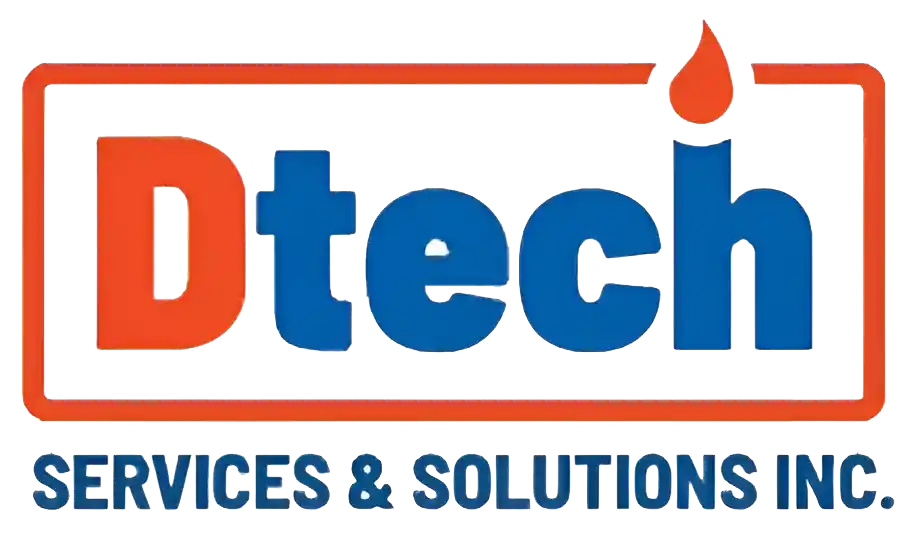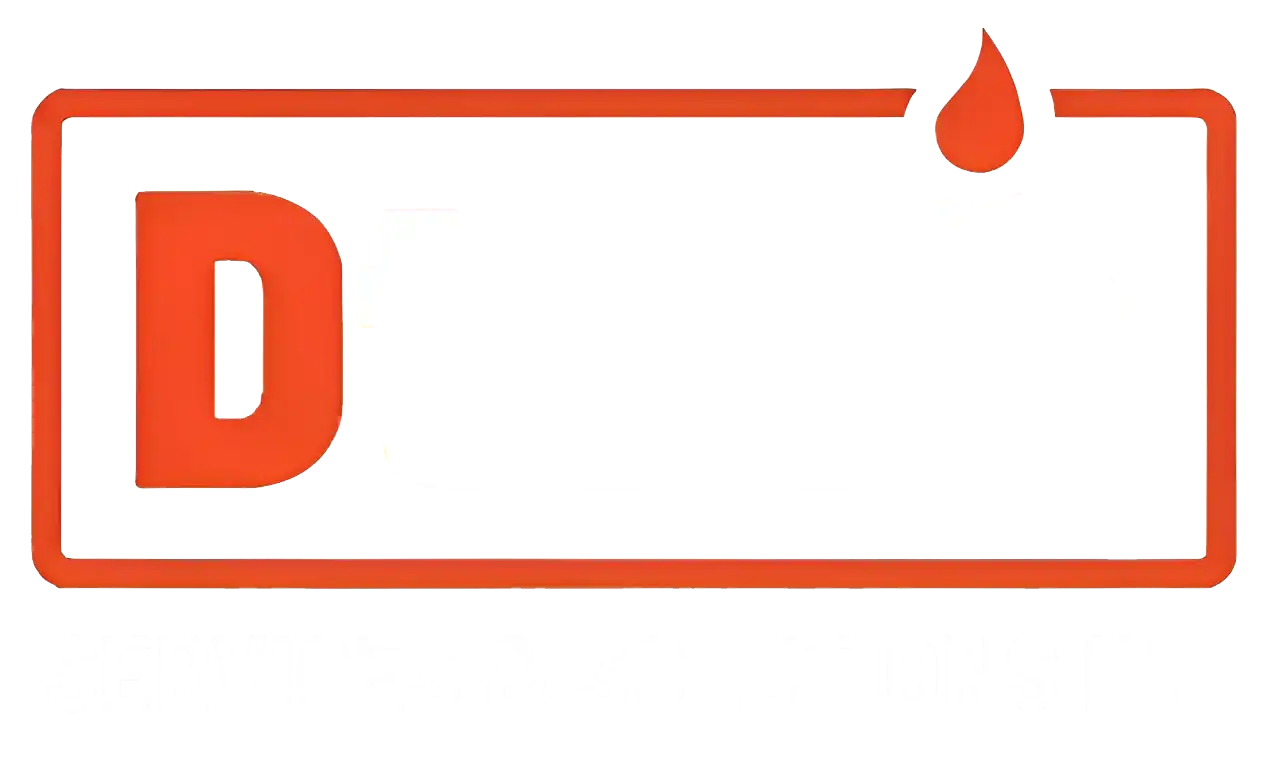Choosing the best HVAC system is key to keeping your home comfortable in Canada’s varied weather. Here at Dtech Services & Solutions Inc., we have a long track record of guiding homeowners to make the best choices so their homes stay warm in winter and cool during the summer heat.
I remember a family we visited in Toronto last February. They had issues with heating in their two-story house. The upstairs felt like an oven, while the basement was freezing.
After a detailed check, we realized their old system was failing due to poor ductwork and an inefficient furnace. Installing the right HVAC system really changed their home for the better, creating a cozy and even temperature throughout.
In this article, we’ll share real-life experiences to help you determine which HVAC system suits your Canadian home best. We’ll highlight key factors and give practical tips to ensure your home is both comfy and energy-efficient.
Know Your Heating and Cooling Needs
Many homeowners make the mistake of picking an HVAC system without thinking about their specific needs. Keep these points in mind:
- Location is Key: Homes in colder areas like Alberta need systems that can handle harsh winters, while places like British Columbia might benefit from heat pumps.
- House Size and Layout: A large two-story home may need a system that can control different areas to avoid temperature differences.
- Existing Setup: If you already have ductwork, that’s great! If not, a ductless mini-split could be a more budget-friendly choice.
Tip: A simple cost-saving tip is to seal any leaking ducts. We’ve helped clients save hundreds just by fixing those leaks.
Different HVAC System Options
a. Furnace and Central Air Conditioning
This is the most common setup in Canadian homes, especially where winters are long and cold.
Pros:
- Offers strong and steady heating and cooling.
- Great for larger homes.
Cons:
- Needs ductwork, which can be expensive if not already installed.
Dtech Tip: Many homeowners don’t realize that poor furnace maintenance can cut efficiency by 30%. Regular upkeep is vital.
b. Heat Pumps
Heat pumps are becoming more popular for their energy efficiency and versatility.
Pros:
- They heat and cool.
- They are energy-efficient, especially in milder climates.
Cons:
- They may not work well in very cold temperatures unless designed for it.
Did You Know? A dual-fuel option that combines a heat pump with a backup gas furnace can help during severe winters.
c. Ductless Mini-Split Systems
Perfect for homes without ductwork or for those wanting to control temperature in specific areas.
Pros:
- Easy to install and adaptable.
- Great for extra rooms, garages, and smaller areas.
Cons:
- They may have a higher initial price compared to traditional systems.
Understanding Energy Efficiency Ratings
When looking for an HVAC system, you’ll see various energy ratings:
- SEER (Seasonal Energy Efficiency Ratio): This rates air conditioning efficiency. Higher SEER means better efficiency.
- AFUE (Annual Fuel Utilization Efficiency): This rates furnace efficiency. A 90% rating means that 90% of fuel is converted into heat.
- HSPF (Heating Seasonal Performance Factor): This indicates heat pump efficiency. Higher numbers show better performance.
Key Advice: After working with many homes, we strongly recommend investing in an ENERGY STAR®-certified system. The upfront cost might be higher, but it can lead to significant savings on energy bills.
The Importance of Proper Installation and Regular Maintenance
Even the best HVAC system won’t work well if not properly installed. At Dtech, we have seen poorly installed systems lead to breakdowns and higher bills.
Our Suggestions:
- Hire Certified Experts: Don’t skimp on hiring trained professionals.
- Get Regular Maintenance: Annual check-ups can spot issues early and extend your system’s life.
- Upgrade to a Smart Thermostat: These can help cut heating and cooling costs by optimizing how your system runs.
Weighing Cost Against Value
While cost is important, it’s essential to think about the overall value of your investment.
Consider This:
- Initial Costs: Furnaces generally range from $3,000 to $5,000, and heat pumps can be between $4,000 and $7,000.
- Long-Term Savings: A more efficient system may cost more at first but can save you a lot on energy bills over time.
- Incentives and Rebates: Check for any rebates offered in your province for energy-efficient systems.
Dtech Tip: We’ve helped many clients receive rebates and save as much as $1,500 on new HVAC systems. Always ask us about available programs during your consultation.
Special Considerations for Canadian Winters
With Canada’s harsh winters, you need HVAC systems that can handle tough conditions. Here’s what we suggest:
- High-Efficiency Furnaces: Choose a furnace with at least a 95% AFUE.
- Cold-Climate Heat Pumps: Look for models that perform well in extreme cold.
- Humidifiers: Winters can be dry. A whole-home humidifier can enhance indoor air quality and reduce static.
Common HVAC Mistakes to Avoid
Mistake #1: Neglecting Air Filters: A dirty filter can restrict airflow and strain your system.
Mistake #2: Skipping Regular Maintenance: Little problems can turn into expensive repairs.
Mistake #3: Choosing the Wrong Size System: An incorrectly sized unit can lead to inefficiency and uneven heating.
Recap: Important Points to Remember
- Select the right system based on your home’s size, layout, and location.
- Think about energy-efficient choices like heat pumps and ENERGY STAR® systems.
- Hire certified professionals for proper installation and maintenance.
- Take advantage of available rebates and incentives.
Final Thoughts
At Dtech Services & Solutions Inc., we’re dedicated to helping homeowners create comfortable and energy-efficient living spaces. If you’re unsure about the best HVAC system for your home, we’d be happy to assist! Schedule a free consultation with us today to discuss your options. And if you’ve noticed any issues with your current system, let us know, we’re here to help!

